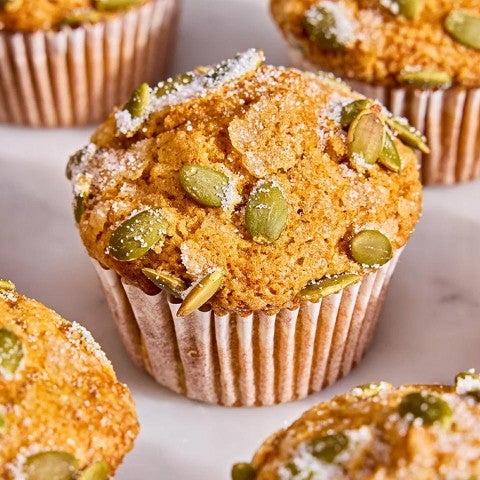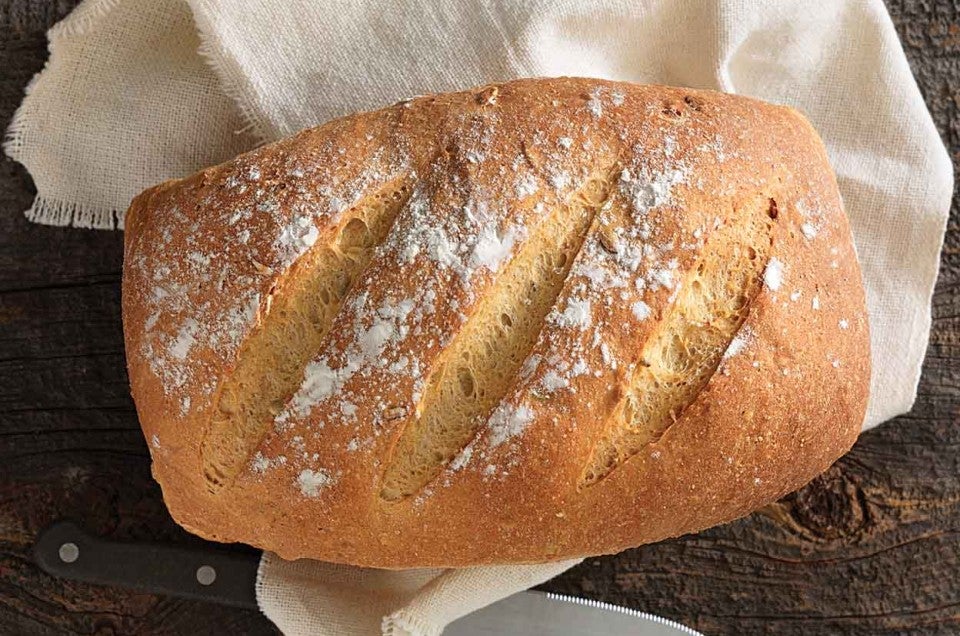Multigrain Loaf
This beautifully risen loaf is packed with whole grains, including whole rye, wheat, and oats. Sunflower seeds and cornmeal add subtle crunch, while butter and brown sugar add a touch of tenderness and sweetness. This multigrain bread is ideal for any kind of sandwich and makes perfect toast, especially when slathered with butter and jam.





















